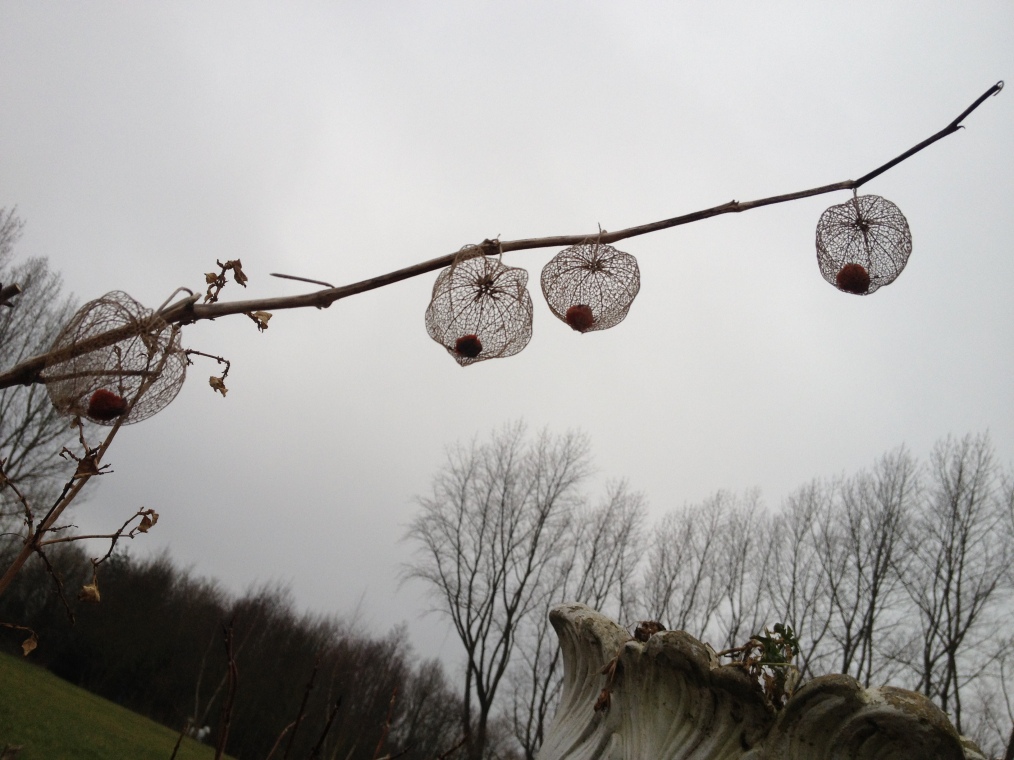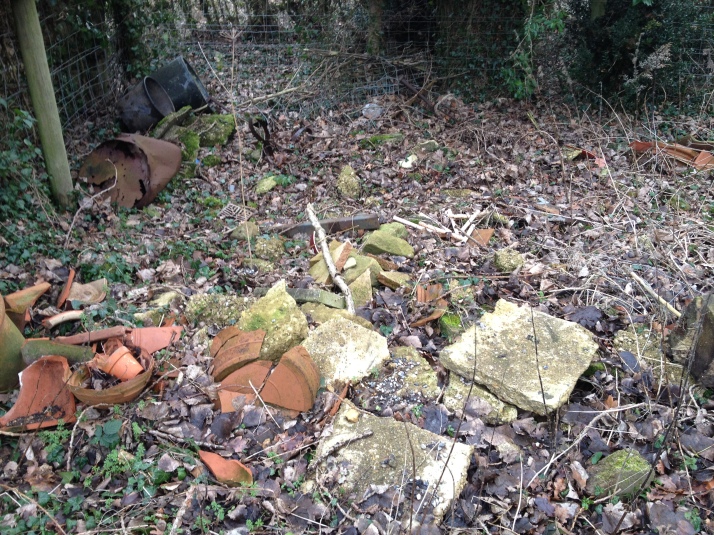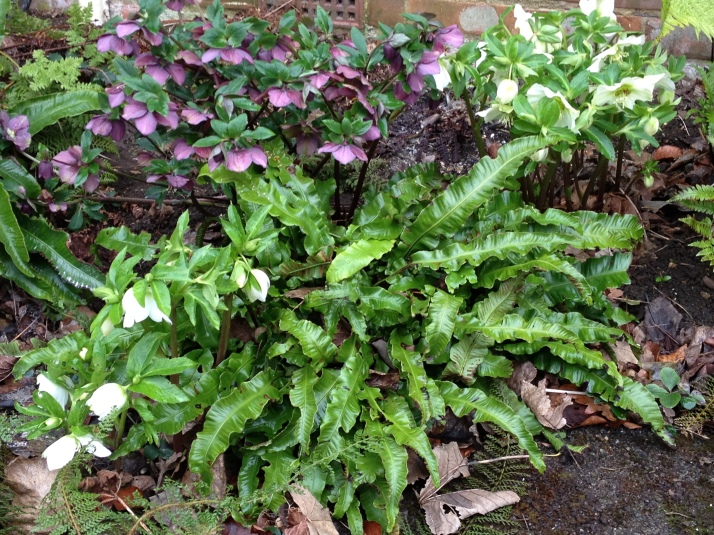Have you read lots of articles saying propagation is easy and then they give you complex discussions about which plants do what, when you have to try, how to cut, where to cut, which compost mixture to put them in, get a rubber-band and a plastic bag, heat them and after your head has spun around twice you think “Sounds too hard, I’ll forget it”, yes?
Well, let’s remember that all those things are well and good, and they are all designed to get you the best possible outcome, but just try it yourself and you might not have 100% success, but hey – try ten and if five survive you’ve got five new plants.
As an example, I have an area, I call it my petrified forest, that has mainly ferns and some old tree branches simply stuck in the ground – and even though the ferns are filling out nicely, there’s still some areas I’d like more plants and especially ground cover during the winter, so when I saw some leptinella Platt’s Black I thought “perfect, that would look great below all of the ferns”, the only problem being that I’d probably need 50 plants and still have to wait for them to spread.
So, around last September I bought the six plants that looked the most cramped in their small containers and was none too careful when I removed them, happily allowing the small root fibres to break off, even grabbing a few myself and pulling away from the main plant. I also decided to split the plants themselves into a few pieces, so already I had around 20 or so smaller plants.
Then, all I did was sweep up the roots and bung them into three trays of compost (no, I’ve no idea what, just something hanging around) and over the last few months they have been sitting, virtually ignored (a few splashes of water when I remember) in an unheated greenhouse (though I’m sure that they could just as well as be outside).
So, now – February 2nd, here’s a photo of two of the three trays – looks to me like most of the roots have grown into plants. Sure, they are pretty small, but come March I’ll put them out with the ferns and again forget about them – meanwhile they’ll all spread and in a year I bet I’ll be working out how to move them where some have grown to touch others. All for what price – I think they were 75p each. I see they are supposed to have small yellow flowers too in May/June… Cool!
Similarly, after the lavender flowers, I tend to cut off many of the top pieces that didn’t flower, maybe 50% of them survive to the following year, our garden probably has around 50 lavender plants now from the one or two I bought a few years ago…. and don’t get me started on willow – a branch fell off and I simply pushed five bits in the ground, now each of those is a tree of around 2.5metres high (4 years?).
It is nature’s job to try to live, whatever we do the plant wants to survive, so go on – have a go, I bet you’ll be surprised.












